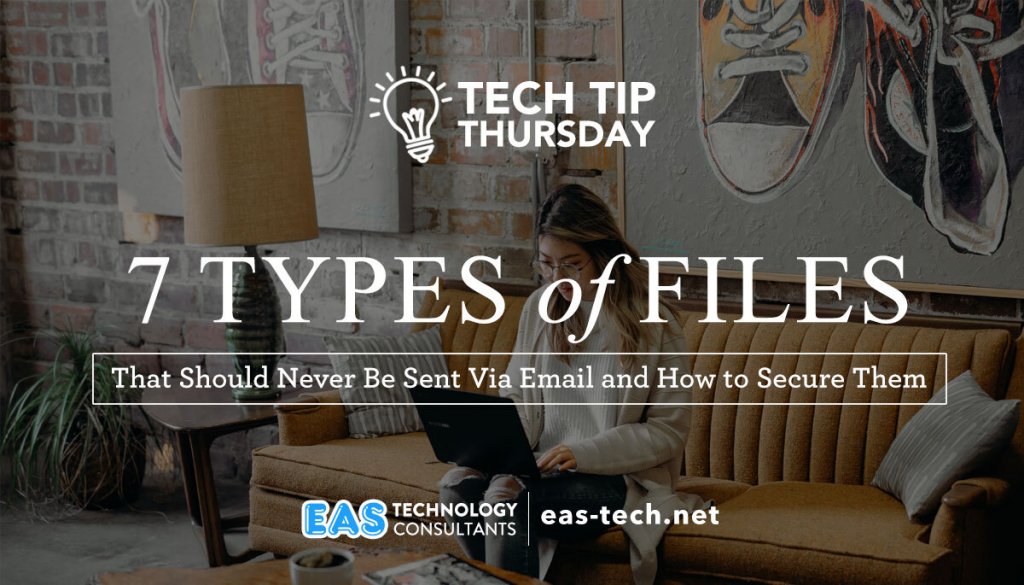
Email was never meant to be the backbone of our digital communication. The email protocol was designed in 1971 and is not the best option for sending sensitive information – especially if it’s via unencrypted channels!
As any cyber-security expert will tell you, it’s best not to send files over email at all. With this in mind, here are 7 types of files that should never be sent via email and why using a file-sharing system is preferred.
1) Financial documents – This type of document often contains identifying information that can lead to fraud. For example, tax records frequently contain a plethora of personal information that would allow someone else to take control of your finances.
2) Driver’s License info – While it may seem innocent to send a photo of your driver’s license via email, this can be dangerous as the information on that laminated card is all an identity thief needs to assume your identity.
3) Passport information – Your passport contains personal information, including your name, date of birth, and country of origin. This can be used to create a fake identity—especially if the attacker knows where you were born!
4) Health-related information – This type of information is often confidential and can be used to steal your identity or for other nefarious purposes. For example, an attacker could use your social security number to obtain medical treatment in your name.
5) Passwords or other credentials – If an attacker gets their hands on your passwords, they can gain access to all of your accounts. And if you use the same password for multiple accounts, the damage could be even worse!
6) Social Security information – Your social security number is the key to your identity. If someone has access to it, they can open credit cards in your name and steal from you before you even know what’s happened.
7) Credit and/or debit card numbers – These pieces of information can be used by an attacker to make fraudulent charges or withdraw money from your account.
While it is preferable not to send any file via email, if you must, there are ways to keep them safe. Encrypting the data before sending it is one option. This will ensure that even if the email is intercepted, unless the interceptor has the password, they will not be able to see what’s inside.
Another way to protect your files is by using a file-sharing system like Egnyte, Dropbox, Google Drive, or OneDrive. These systems allow you to share files with others via secure connections without having to send them via email.
So, the next time you have a sensitive file that you need to send, don’t take the risk and use email. Instead, encrypt the file and send it using a file-sharing system. Your data will thank you!
We’re ready to help you share files securely. Reach out to us via our contact form and we’ll help you secure your data today!
